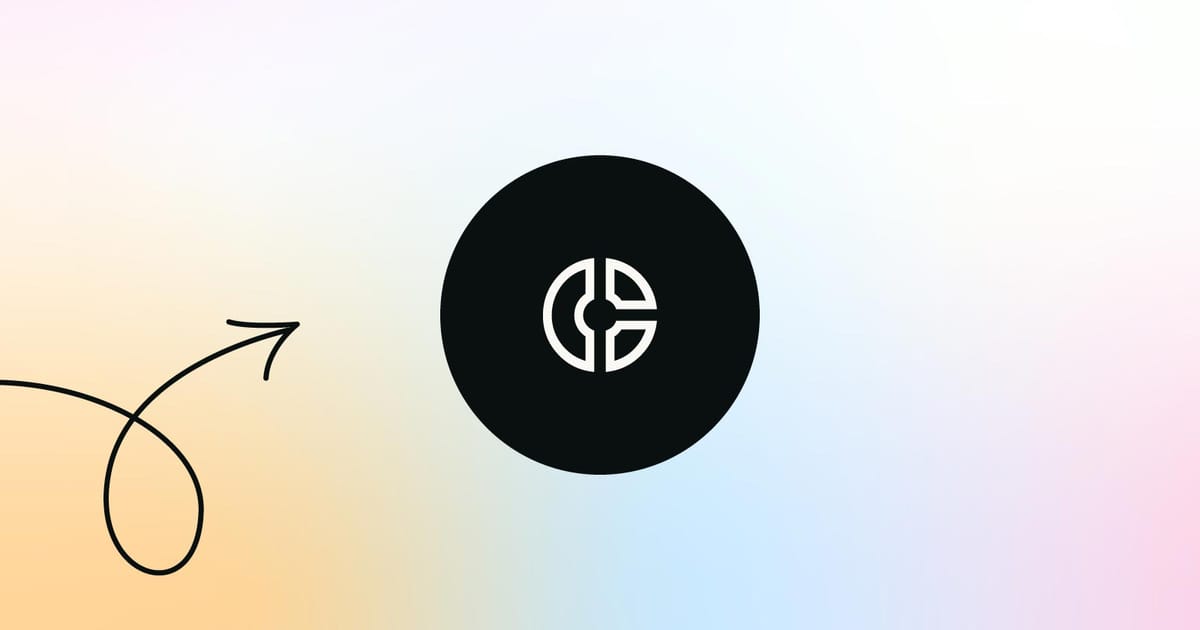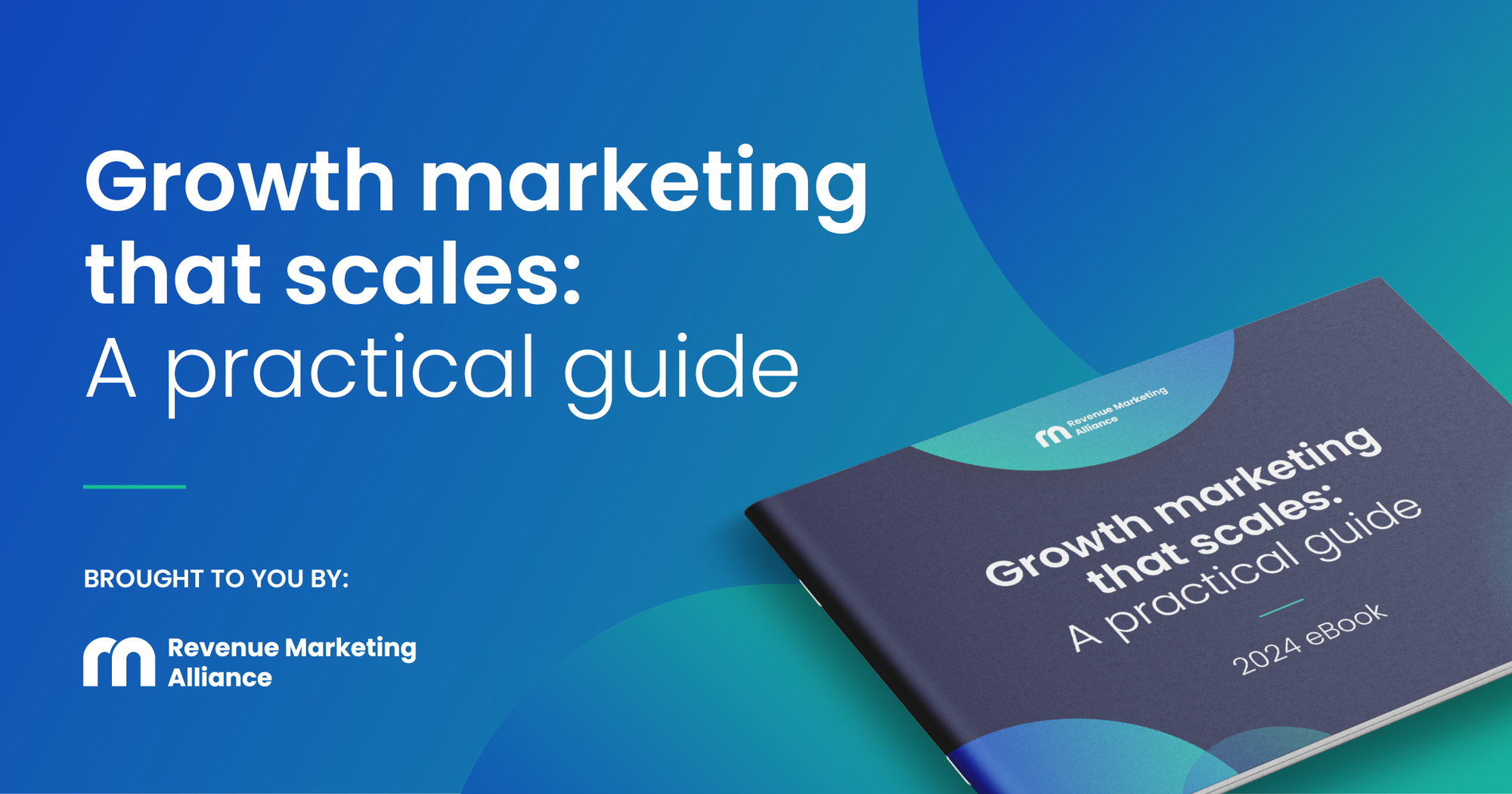As a revenue marketer, you know the constant challenge – motivating your target audience to choose your product or service.
Incentive marketing provides a powerful solution: When you offer appealing rewards like discounts, free gifts, or exclusive access, you give customers a compelling reason to buy from you, specifically.
Well-designed incentive programs attract more than just one-time buyers, too. They foster loyal relationships and turn customers into advocates through behaviors like referrals and repeat purchases.
In this article, we’ll cover the fundamentals of incentive marketing and how you can use it to motivate your customers to buy.
We’ll get into:
- What is incentive marketing?
- The key benefits of incentive marketing
- How to set revenue growth goals for incentive marketing
- How to choose the right incentives
- Measuring and evaluating results
- Incentive marketing case studies
- Incentive marketing FAQs
What is incentive marketing?
Incentive marketing is a smart strategy you can use to motivate your customers and prospects to take specific actions that foster loyalty and drive revenue for your business.
Many companies utilize incentives, big or small – you walk into a coffee shop and see a loyalty card that lets you get a stamp whenever you buy a coffee. Ultimately, once you’ve purchased a certain number of coffees, you get one for free! The aim of this is to keep you coming back to this particular coffee shop so you can reap that oh-so-enticing reward.
Incentive marketing does what it says on the tin: Companies offer desirable rewards or incentives to inspire people to make purchases, refer others, retain you as a customer, turn you into a loyal brand advocate, or engage with you in other valuable ways.
Why is incentive marketing important?
As a marketer, incentive marketing directly impacts your bottom line. Strategically using rewards creates a powerful motivation for customers to buy from you over competitors.
Incentives tap into people's natural desire to get something extra in return for their actions. When executed effectively, incentive marketing programs drive sales, increase customer loyalty and advocacy, and ultimately drive more revenue growth for your business.
The key benefits of incentive marketing
Strategically designing incentive programs like referral campaigns, loyalty programs, or limited-time promotions, helps you to motivate your target audience to make more purchases and become devoted advocates for your brand.
There are several key benefits that make incentive marketing a must-have tool for revenue marketers:
1) Increased sales and revenue
Well-designed incentives like discounts, free gifts, etc. give customers that extra push to make purchases from you instead of competitors. And, of course, more purchases directly translate to higher sales and revenue numbers. Smart incentive programs motivate buyers to act.
2) Improved customer loyalty
Incentive programs such as loyalty rewards make customers feel valued and appreciated. You create a positive emotional connection that strengthens their bond with your brand. Loyal customers keep coming back and provide a steady revenue stream.
3) More customer advocacy
Creative incentives that reward referrals turn satisfied customers into active promoters who rave about your products/services to their networks. This positive word-of-mouth advocacy pays dividends by driving new business.
4) Deeper customer insights
Design effective incentives that truly motivate requires an in-depth understanding of your customers' wants, needs, pain points, and what pushes them to act. This quest for insight lets you refine your incentive marketing as well as your total marketing strategy.
5) Competitive advantage
Using strategic incentives helps differentiate your brand in a crowded market. You gain an edge over businesses that don't leverage this powerful tactic effectively. Essentially, when done right, incentives make you stand out.
6) Cost-effective marketing
Compared to other marketing methods, incentive marketing can be a cost-effective way to inspire action. The revenue upside from increased purchases often outweighs the costs of your incentive program.
How to set revenue growth goals for incentive marketing
When setting revenue goals for your incentive marketing efforts, it's important to focus on what you want to achieve and ensure they align with your overall incentive strategy.
Think about the specific revenue outcomes you're aiming for, whether it's boosting overall sales, targeting specific products or services, improving customer experience, or generating revenue from a particular customer group.
Keep your goals realistic, considering factors like:
- Past performance,
- Market conditions, and
- The costs involved in running incentive programs.
To track your progress, keep an eye on key performance indicators (KPIs) relevant to your incentive marketing.
These could include metrics like how much it costs to acquire customers, conversion rates, or the average value of orders. Experiment with different incentive strategies, messages, and offers to see what works best for driving revenue.

And remember to evaluate the return on investment (ROI) by comparing the revenue generated with the costs incurred. This analysis will help you fine-tune your approach and make informed decisions for future incentive marketing initiatives.
How to choose the right incentives
With incentive marketing, you want to ensure you’re creating the most value possible. This will help to motivate your customers to purchase from your brand, and in turn, improve your ROI.
So, when it comes to choosing the right incentive for your business, there are six key things to consider.
1) Understand your target audience
No matter how much you market an incentive campaign, if your audience doesn’t care about what you’re offering, they’re not buying.
So, it’s crucial to have a deep understanding of your target audience’s demographics, psychographics, and purchasing behavior. This will give you a significantly improved idea of what incentives will – and won’t – work.
For example, if you're targeting tech-savvy millennials, digital incentives like exclusive access to online content or early product releases may be appealing. On the other hand, if your audience consists of busy professionals, time-saving incentives such as priority customer service or concierge assistance might be more relevant.

2) Make sure your incentives are relevant
Similar to the first point, you want to make sure the incentives you offer are relevant to your audience and align with their interests. They need to provide value and be desirable enough to inspire action.
For example, if you’re targeting health-conscious customers, you’d likely want to offer incentives like free wellness products or additional access to certain features when signing up for gym memberships.
If your audience is price-sensitive, then things like discounts, special promotions, or coupons could incentivize them to make a purchase. It doesn’t always have to be big, but there’s always something that would increase that motivation.
Some incentives you might want to consider are:
- Buy one get one free offer: Buying more for less can always be a motivating factor, especially if it’s a product they already enjoy.
- Referral rewards: The benefit of sharing your experience can pay dividends. Messages like “Share this link with a friend and you’ll both get 15% off” are a welcome addition to anyone’s inbox.
- Loyalty rewards: Loyalty cards work well. They keep the card, collect stamps, and get $10 off their next purchase. This keeps them coming back for more.
- Membership rewards: Like the gym membership idea, customers get discounts or exclusive access to certain features of your business when they have a membership.
3) Provide choice or customization where possible
On the previous points, it can be difficult to pin down exactly what your customers want if you have a large consumer base with different segments and demographics. So, sometimes it’s best to offer customization and give your target audience options to customize their incentives where possible.

For example, if you’re a B2B business, you may offer customizable purchase packages, allowing customers to tailor their purchase based on their company’s specific needs and budget. If you’re a B2C, you could offer a choice of free samples, allowing customers to select products that match their preferences.
Offering a more personalized approach to this also improves your relationship with the customer, encouraging them to return because you’re listening to their individual wants and needs.
4) Think about the customer lifecycle
Different incentives may work differently depending on where your audience stands within their own customer journey. One incentive isn’t going to work for attracting new customers, retaining existing ones, and re-engaging dormant ones. If it does… give us the next lottery numbers, please!
So, ensure you’re tailoring your incentives to address specific stages of the customer lifecycle to maximize their impact.
For example, to attract new customers, you could offer a welcome gift or a “first-purchase” discount. For existing customers, loyalty programs with tiered rewards or exclusive access to certain benefits can foster repeat purchases.
And for re-engaging dormant customers, offering these personalized incentives based on their previous interactions can be effective.

5) Gamify wherever you can
Competition is increasing while attention spans are decreasing. This means that gamification is the way to go. Including a sense of fun and achievement in your campaign can be a great way of enhancing engagement and motivation within your target audience.
For example, you can create a points-based system where your customers can earn points for each purchase which then unlocks rewards like discounts or levels. This can be a great way of encouraging your customers to complete more purchases to earn more points for a greater sense of satisfaction and achievement.
6) Test and iterate your campaign
With any marketing campaign, it’s essential to experiment to gauge its effectiveness. Otherwise, you’re rolling out campaigns that you have no idea will actually work, and potentially wasting a lot of time and money.
Consider conducting A/B testing or pilot programs to assess which incentives are driving the desired behavior and outcome. Ensure that you’re continuously gathering feedback and analyzing your results to refine your offer based on real-world, first-hand data.
Measuring and evaluating your incentive marketing results
Taking a data-driven approach enables you to continuously improve. When you measure success and identify areas for enhancement, you can achieve better results with your incentive marketing efforts.
When measuring and evaluating your incentive marketing…
- Start by defining metrics aligned with your goals, such as sales revenue or ROI.
- Utilize data analytics to track participant engagement, redemption rates, and feedback.
- Compare incremental revenue during the incentive period to baseline revenue without incentives to assess their impact.
- Conduct A/B testing to experiment with different strategies.
- Gather participant feedback and calculate ROI by comparing costs and revenue.
- Benchmark against industry standards and competitors for perspective.
- Continuously analyze data, learn, and make adjustments to optimize future campaigns.

Incentive marketing case studies
Below, we’ve included two case studies of incentive marketing, one for B2C and one for B2B, to give you an idea of how creatively incentive marketing can be applied in real-life situations.
B2C incentive marketing case study
McDonald’s Monopoly
McDonald's Monopoly is an incentive marketing campaign that has been offered across the world since 1987. It's a highly successful promotional campaign that incentivizes customers to make purchases in order to collect game pieces and win prizes.
It involves Monopoly-themed game pieces linked to the various food and drink products McDonald’s has, with each representing a property or a potential prize. Customers are encouraged to collect specific sets of properties to win cash prizes, free food items, or even larger rewards like cars or vacations.
This incentive marketing strategy serves multiple purposes:
- Increasing sales: It creates a sense of excitement and urgency, motivating customers to make multiple purchases to collect game pieces and increase their chances of winning.
- Customer engagement: The campaign encourages customer participation and engagement by tapping into the popular Monopoly game concept, fostering a sense of fun and nostalgia, for some.
- Repeat visits: Customers are incentivized to return to McDonald's repeatedly during the promotion period to maximize their chances of obtaining winning game pieces.
- Brand loyalty and awareness: It cultivates brand loyalty and keeps the company top-of-mind for consumers, who may actively seek out McDonald's during the promotion.
- Word-of-mouth marketing: The campaign generates buzz and encourages customers to share their excitement with friends and family, creating additional exposure and potential new customers.
McDonald's Monopoly has been running successfully for many years, attracting a large customer base and driving increased sales and revenue for the company. It exemplifies how incentive marketing strategies can effectively boost customer engagement, loyalty, and sales in the fast-food industry.
B2B incentive marketing case study
IBM Partner Plus
The IBM Partner Plus program is designed to motivate and incentivize IBM's business partners to increase their sales and drive revenue growth.
The IBM Partner Plus program includes various incentives and benefits, such as:
- Competitive incentives
- Insider programs
- Enhanced support
They have a tiered system, made up of Silver, Gold, and Platinum tiers that the partner can automatically move up to after meeting certain established criteria. As they move up the tiers, they access more benefits.
Plus, they have a badge system where they can give partners the opportunity to demonstrate their expertise.
All of these things work to improve their experience with the platform, continually increasing their motivation and engagement due to the constant unlocking of new benefits and achievements.
Incentive marketing FAQs
How do I choose the right incentives to motivate my target audience?
You need to have a deep understanding of your customers' interests, pain points, and what motivates them to take action. Relevant incentives that provide real value and align with their needs and desires are key. Research your audience through surveys, purchase data, etc., to identify incentives they'll find compelling.
What are some examples of effective incentives to drive sales?
Popular incentives include discounts, free shipping, buy-one-get-one offers, free trials, loyalty points/rewards, and limited-time promotions or product bundles. For new customer acquisition, free samples or generous first-purchase discounts work well. For existing customers, VIP tiers and exclusives can incentivize repeat purchases.
How can I run an incentive campaign on a limited budget?
Get creative and think beyond just discounts! You could offer free premium content, early access to new products/features, or exclusive experiences. Partner with complementary brands for co-marketed incentives. Use gamification elements like point systems or reward tiers. The perceived value matters more than actual hard costs.
How do I measure success and ROI for incentive programs?
Define the right metrics upfront based on your goals – sales revenue, conversion rates, customer acquisition costs, etc. Calculate the program costs, then compare revenue generated to costs to determine ROI. Look at engagement, offer redemption rates, and consumer feedback too.
When's the best time to run incentive promotions?
Capitalize on peak demand periods like holidays or launch new incentives alongside new product releases. Also, consider slow periods where you need a boost. Spontaneous "surprise" incentives can drive quick bursts of activity. But having an always-on loyalty program retains customers long-term.
Incentive marketing key takeaways
- Incentives can be a powerful tool to boost customer retention and drive revenue growth. Offering enticing rewards paves the way for creating the perfect opportunity to keep your customers coming back for more.
- When developing and executing an incentive marketing campaign, it’s crucial to keep the target audience in mind and have a clear understanding of the desired outcome. This focused approach ensures that your goals remain the central guiding force.
- The effectiveness of your incentive strategy should be regularly measured and evaluated. To achieve this, seek constant first-hand feedback from your audience. This feedback loop allows you to gauge the success of your incentives and make necessary adjustments for optimal results.
Use these key points to optimize the potential of incentives to enhance customer loyalty, drive revenue growth, and achieve your overarching business objectives.




 Follow us on LinkedIn
Follow us on LinkedIn




